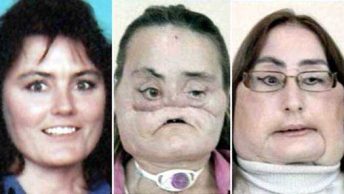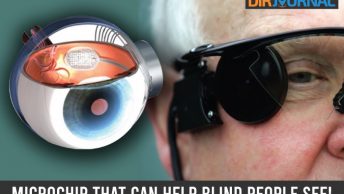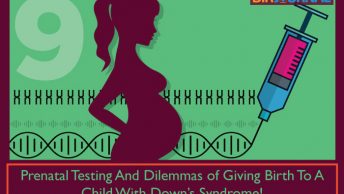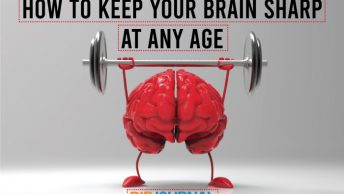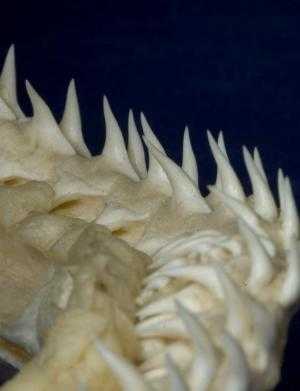
One of the main fears we all have is the loss of teeth as we grow older and our teeth wear out, because human teeth do not grow back. When humans lose their baby teeth, permanent teeth grow in their place, but when these permanent teeth are lost, they are gone for good. Tooth loss causes difficulty with chewing, causes oral disease, disfigures the face and leads to speech problems.
The only options we have are that of dentures or tooth implants; where an artificial tooth root is fixed into the jaw to hold a replacement tooth in place.
Worry no more, say researchers! Soon, you may be able to go to your dentist and get new teeth – grown to order – in your own mouth.
Latest research on growing new teeth
Researchers have made major advances and grew a new mouse tooth. Human teeth come next! They are hugely excited about this, as this is a major step in bioengineering, and they hope this will lead them to human organ generation someday.
Mice, unlike sharks do not grow new teeth if a tooth is completely removed; although their frontal teeth continue to grow. But now scientists managed to grow a new tooth in a mouse by using stem cells.
In dental biology, the presence of dental epithelial stem cells in continuously growing teeth has been recently discovered. It was seen that the niche for these adult stem cells is formed at the apical end in tooth development. The new concept is that the eternal tooth buds are formed at the apical end in the development of continuously growing teeth.
Researchers found that a single gene seems to be responsible for preventing growth of new teeth in species limited with one set of teeth, and they bred mice without that particular gene (Osr2). Removing the Osr2 gene resulted in a cleft palate, a common birth defect where both the halves of the roof of the mouth do not join properly, and leave a gap. Another thing that happened was that the mice grew extra teeth next to their first molars, like sharks and other non-mammals.
Apart from finding the growth of extra teeth outside of the normal row, researchers also found that removal of the Osr2 gene also helped them come up with a theory of how teeth are formed in such perfect alignment with one another without forming too close, with the exception of the wisdom teeth (third molars) that usually form too close and are pulled to create space.
Researchers at the Tokyo University, conducting this study bioengineered a tooth germ – a seed that contains cells from a mouse embryo. This contained genetic instructions “to build a tooth,” and then transplanted this “tooth germ” into the jawbones of adult mice, in the empty tooth sockets.
Results of the research
The result astounded them – new teeth grew from the bioengineered tissue through the gums, just as an original one would. After eleven weeks, once the tooth matured, it looked and felt the same as a natural tooth. The best part is that the mice could eat with the new teeth as perfectly as they did with their natural teeth. The teeth have also been seen to develop nerve fibers that could feel pain.
Dr. Fei Liu, a researcher at the Institute for Regenerative Medicine at the Texas A&M Medical Science Center said that the research provides convincing proof that teeth grown through bioengineering can be perfectly functional.
Who will benefit?
This development could prove to be a blessing for people with malformed teeth or with a cleft palate.
According to Dr. Elsas, from the Department of Biochemistry and Molecular Biology at the University of Miami Miller School of Medicine, “Tooth regeneration could be useful particularly in infant malformations such as cleft lip and palate, and other malformations involving teeth and bone of the oral cavity.”
How about generating teeth as replacements for synthetic implants or inlays?
As good as that sounds, researchers say there is a problem with generation of teeth in humans. They have not yet found the cells needed to start the tooth generation process in humans. They hope that soon they may be able to use a person’s own cells without having to use cells from embryos.
I’m sure today’s baby boomers are keeping their fingers crossed, hoping that researchers find a solution soon.









